The discourse around businesses and High NetWorth Individuals (HNWIs) giving back to the society has been amplified in the recent past. Giving back is no longer viewed as random acts of charity. It is rather seen an instrument for change and social equalising. However, more often than not, the stories we hear are about the initiatives of large corporations and international development agencies. While the impact of large scale projects and interventions cannot be undermined, the efforts of relatively smaller organisations are equally significant. Their initiatives are more rooted in their respective socio-economic contexts and often have the potential to solve last mile issues.
In this interview, Mr. Hemant Sood- Founder at FinDoc and President of Samvedna Trust, discusses how a trust that started with merely two ambulances is meeting multiple requirements of a large population in and around Ludhiana. He talks about howintegrating technology and adopting a data driven approach led to the streamlining of operations and optimisation of resources. Their effective management and strong leadership team were also instrumental to the growth of the trust over the years.
Read to know more about the work being done by Samvedna Trust as well as FinDoc which is one of the major supporters of the trust:
Q. What was the vision behind starting the Samvedna Trust?
A.Samvedna Trust was started in 2009 with a vision to provide free ambulance services to the needy. The motive of the initiative is to save valuable lives. We believe that everyone should have access to basic healthcare services, regardless of their financial situation. This trust started with only two ambulances and has grown considerably over the years, both in terms of focus areas and the scale of initiatives.
Q. Who were your initial supporters and who are your major supporters today (in terms of funding)?
A. One of the major supporters of the initiative is the Findoc Group, and the rest comes from other trustees of the Samvedna Trust. The trust has a fleet of seven ambulances, including two with ALS facilities and four hearses, and we are currently providing free services to around 1000 patients a month.
Q. In your opinion, which characteristics/factors have led to the growth of the trust vis-à-vis other organisations in the region?
A. One of the key factors that have led to the rapid growth of Samvedna Trust is the proper integration of technology. The organisation has made effective use of technology to streamline its operations, improve communication and enhance the quality of its services. Another factor that has contributed to the success of Samvedna Trust is effective management.
Furthermore, it has a strong leadership team that is committed to its mission and vision. As a result, the organisation has focused on removing waste by optimising its processes and resources. This has enabled it to deliver high-quality services at a lower cost. By adopting a data-driven approach to healthcare, optimising its operations, and investing in its workforce, Samvedna Trust has been able to deliver high-quality services and grow.
Q. What are the major projects/interventions that you are working on?
A. We are working on various areas that positively affect humanity. Group CSR activities are handled both directly and indirectly through the Samvedna Trust.
A) Activities managed through Samvedna Trust are:
- Around 1,000 patients and dead bodies are transported free of charge per month.
- School fees for 246 students are being paid with the annual target of 365 students.
- Maintenance of public toilets at a civil hospital
- Maintenance of the mortuary at the civil hospital
B) Direct initiatives undertaken under FinDoc’s CSR during the last financial year:
- Health Sector:We have supported various organisations in Ludhiana through specific donations that includean ambulance cum hearse to Samvedna Trust, health ATM to Ludhiana Municipal Corporation, dialysis machine to Shri Rama Charitable Hospital,lab testing equipment at Civil Hospital, blood testing equipment at the VHP-operated blood bank, seven computers and a water cooler in civil hospital, E-Rickshaw to Swarg Ashram Ludhiana. We also made complete payment for open heart surgery of a child in association with Have a Heart Foundation.
- Education: We have aided infrastructure upgrades of government schools in Ludhiana by donating multiple items including 40 computers, furniture, ROs, water coolers, etc. We are paying the school fees of 246 students and also sponsoring the training of a tennis player.
- Sustainability:We have donated solar panels to Police Saanjh Kendra and a plastic waste shredding machine to the municipal corporation in Ludhiana.
Q. The reporting and impact assessment norms have evolved a lot in the past few years- how has the trust embraced these changes?
A.TheSamvedna Trust has been proactive in embracing changes in reporting and impact assessment norms in the past few years. The organisation recognises the importance of monitoring and evaluating its programmes to ensure that it is achieving its mission and vision effectively. We have a managerial staff and proper SOPs in place for proper assessment of work. With the help of technology, we are working on reducing our response time to reach patients. In addition, the daily monitoring of expenses and calculations of per-trip costs are also conducted effectively. Furthermore, we are also building an app for the convenience of the patients and to reduce response time and inform hospitals about incoming patients.
Q. Do you feel the increased focus on reporting, measurability or social RoI somehow take away the essence of selfless giving?
A.I do not believe that the increased focus on reporting, measurability, or social return on investment (ROI) takes away the essence of selfless giving. By measuring and reporting on our activities, we can track our progress towards achieving our goals and make informed decisions about how to allocate resources. This helps us to ensure that the Samvedna Trust is using its resources efficiently and making the biggest possible impact with its programmes. By embracing these factors, we ensure that we are able to help the community to the best of our abilities.
Q. What is your take on the corporate-NGO relationship today? How can each party build on its respective strengths and maximise their collective impact?
A.A positive corporate-NGO relationship plays an important role in creating a more sustainable and equitable society. These partnerships allow businesses and NGOs to work together towards a common goal, leading to a more significant social impact and creating long-term benefits for society. The relationship between corporations and NGOs can be a powerful tool for driving positive social and environmental impact. By building on their respective strengths and collaborating effectively, NGOs and corporations can maximise their collective impact and contribute to a better world.
Q. What message or suggestions would you like to share with smaller social organisations that are starting out and want to make an impact in their chosen areas?
A.Starting a social organisation can be challenging, but with a clear mission, strong partnerships, innovation, impact measurement, and commitment, it is possible to make a positive impact in the chosen areas. Remember that the work you are doing is incredibly important, and it will not go unnoticed. There are people out there who are in need of your services, and by dedicating yourselves to helping them, you are making a real difference in their lives. This is something to be proud of. It is also important to remember that you are not alone. There are many others who share your passion for creating positive change, and by working together, you can achieve even greater things. Seek out other organisations and individuals who share your goals and work collaboratively to make a difference. Every life you touch, every person you help, and every positive change you make is a reason to celebrate.



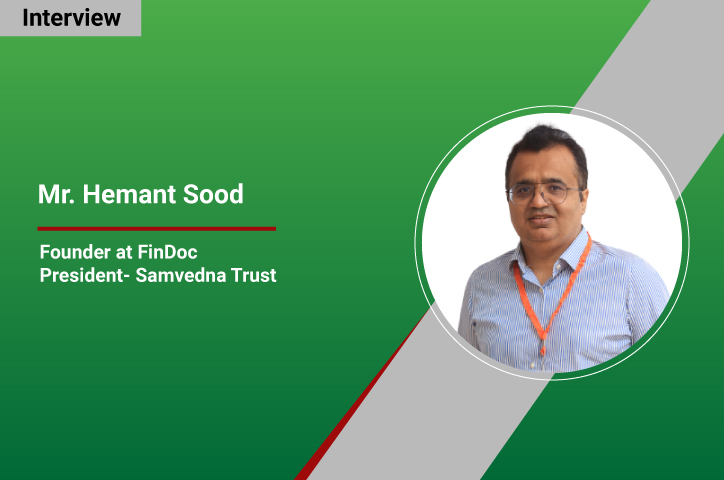
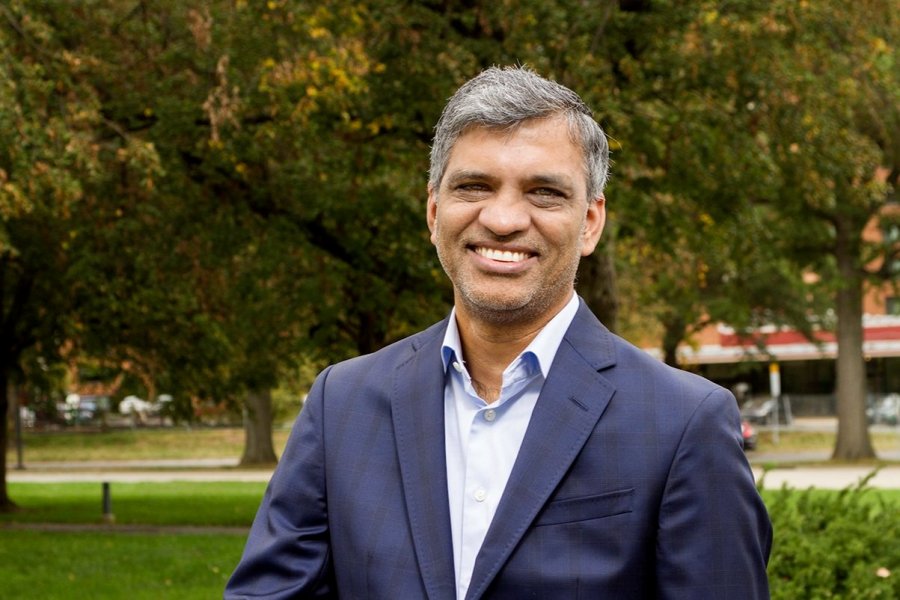
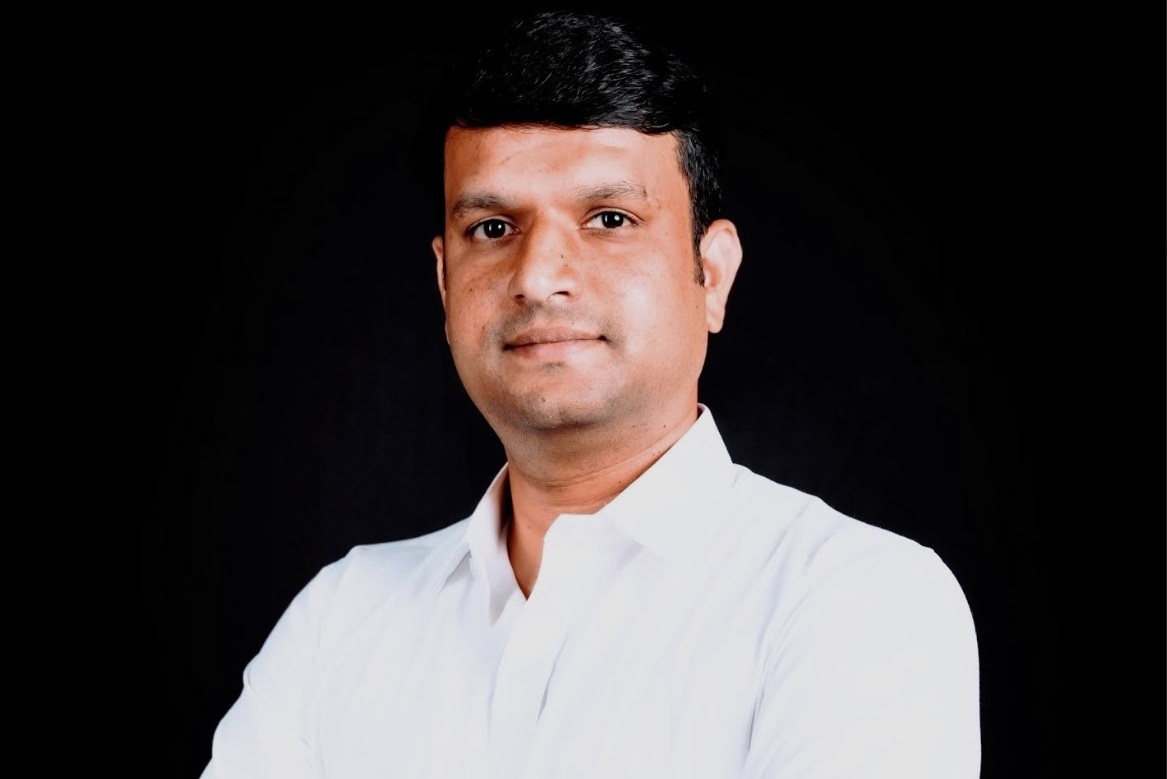
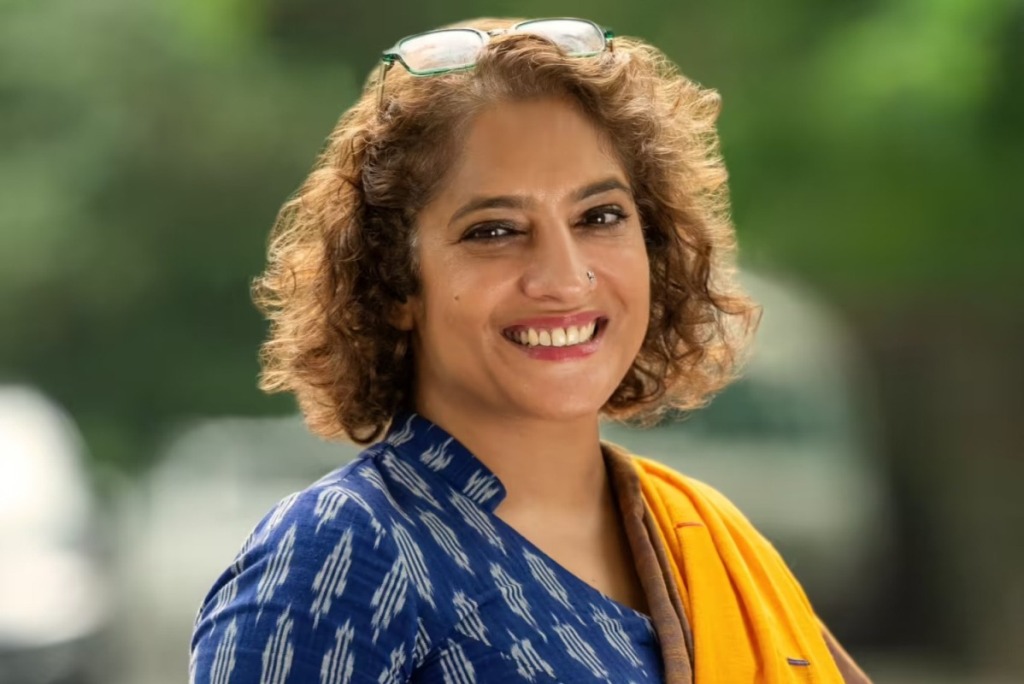
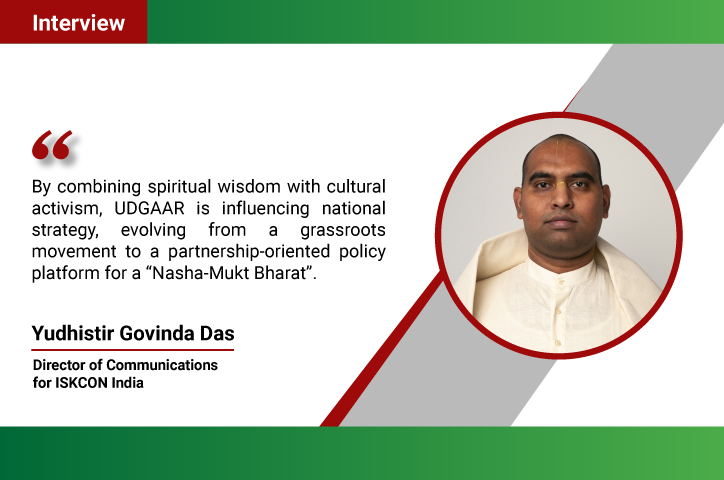

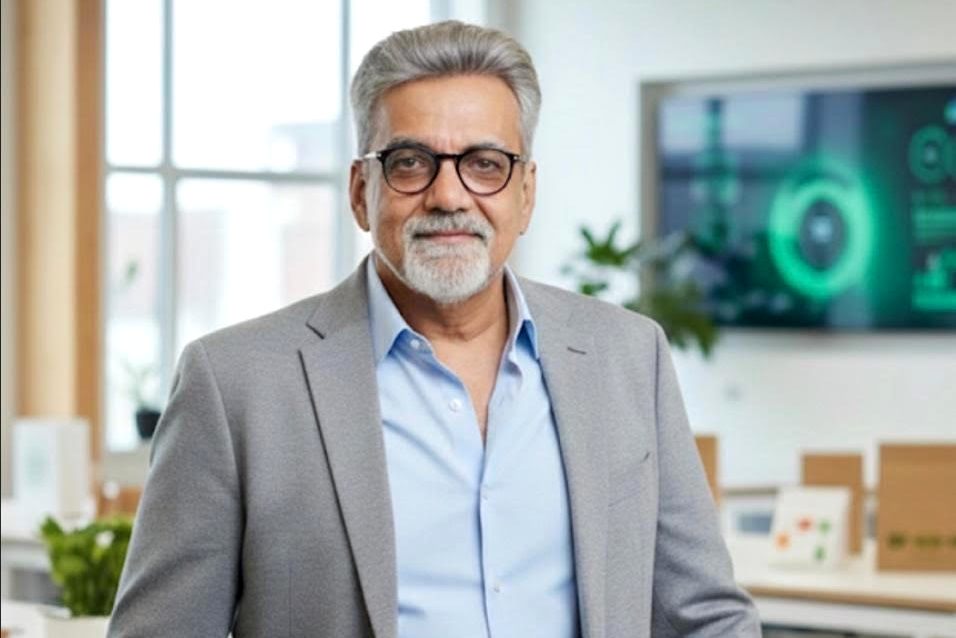


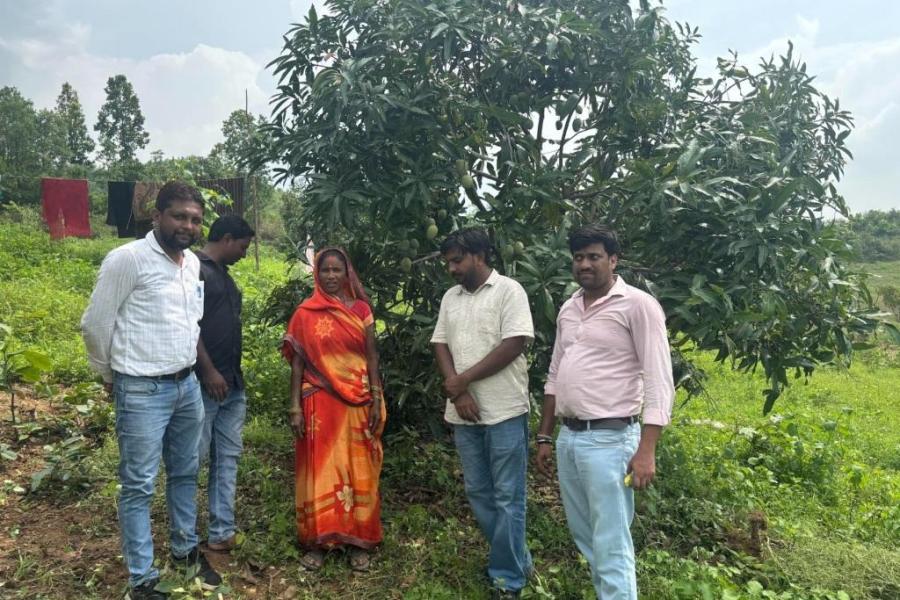

.jpg)




